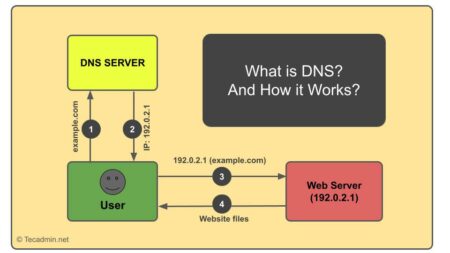Even and odd numbers are foundational aspects of mathematics that help us understand, categorize, and manipulate numbers. At first glance, these classifications might appear simplistic, but they are essential for advanced mathematical concepts, including algebra, number theory, and computer science. This article will provide a comprehensive guide to understanding even and odd numbers, exploring their definitions, properties, applications, and importance in mathematics.
Definition of Even and Odd Numbers
In the realm of integers, numbers are classified as even or odd based on a simple criterion. An integer is termed ‘even’ if it is exactly divisible by 2, meaning there is no remainder when it is divided by 2. Conversely, an integer is defined as ‘odd’ if it leaves a remainder of 1 when divided by 2.
For example, the numbers 2, 4, 6, 8, and 10 are even because each can be divided by 2 with no remainder. On the other hand, numbers like 1, 3, 5, 7, and 9 are odd, as they leave a remainder of 1 when divided by 2.
Zero (0) is also considered an even number. It fits the definition because it can be divided by 2 without leaving a remainder.
Properties of Even and Odd Numbers
Even and odd numbers exhibit several fascinating properties, particularly when added, subtracted, or multiplied:
- Addition or Subtraction
- Even ± Even = Even
- Odd ± Odd = Even
- Even ± Odd = Odd
- Multiplication
- Even x Even = Even
- Even x Odd = Even
- Odd x Odd = Odd
Dividing two even numbers or an even number by an odd number may not necessarily yield an even or odd number; instead, it may result in a fraction. Also, the division of two odd numbers could yield either an odd number or a fraction.
The Importance of Understanding Even and Odd Numbers
The classification of numbers as even or odd offers several practical applications and plays a critical role in various aspects of life and advanced mathematical theories.
- Practical Applications: In everyday life, understanding even and odd numbers can help with tasks such as dividing items equally, understanding dates on a calendar, predicting patterns, and coding computer programs.
- In Mathematics and Computer Science: In advanced mathematics, the concept of even and odd numbers extends into complex mathematical theories like Number Theory, Group Theory, and Ring Theory. In computer science, the distinction between even and odd is applied in algorithms, data analysis, and programming logic.
Parity: The Evenness or Oddness of a Number
In mathematics, the term ‘parity’ is used to describe the property of an integer’s evenness or oddness. An integer has ‘even parity’ if it is an even number, and ‘odd parity’ if it’s an odd number. This concept is extensively used in computer science, particularly in error detection and correction codes.
Conclusion
In conclusion, even and odd numbers form a fundamental part of mathematics. Their significance extends from simple arithmetic operations to the complexities of advanced mathematical theories and practical applications in computer science. By understanding these classifications, we can better comprehend the patterns and behaviors of numbers, providing a solid foundation for exploring more complex mathematical concepts.
